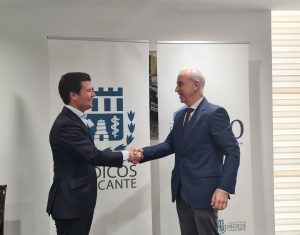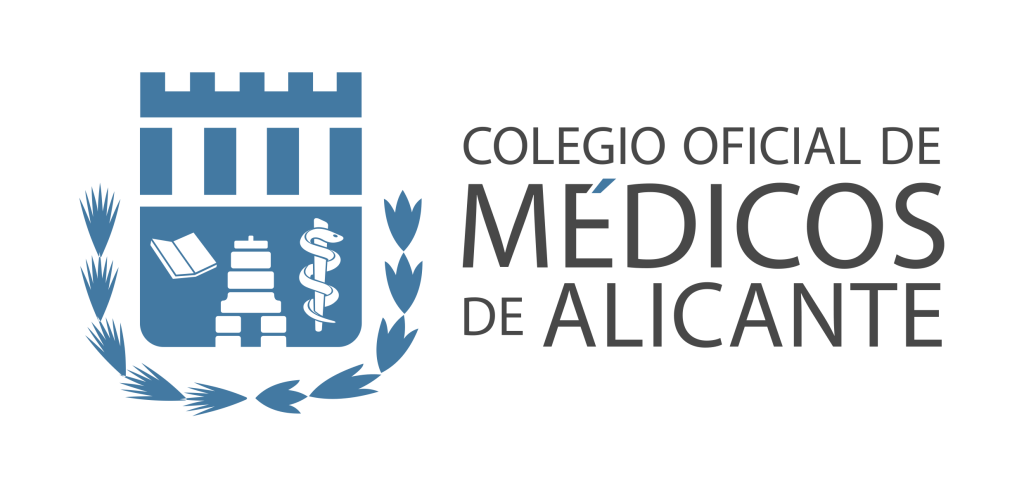To grow old is to learn. Not surprisingly, different cultures around the world consider their elders as a source of wisdom and, therefore, treat them with their deserved respect. For example, in Hawaii the word kupuna (or, plural, “kūpuna”) is used to speak of older people, with three different meanings. First of all, by that word they refer to an old man as the leader of his family and community. Secondly, “kūpuna” are all the ancestors who have served as a guide for the community, thanks to their spiritual wisdom. Finally, “kupuna” means “the origin”, the starting point. In Japan, they even celebrate with their elders the “kanreki”, a party dedicated to their elders on their 60th birthday. All these cultural features have a reason. Age is a reflection of wisdom and the years bring knowledge and experiences. However, the passage of time also brings diseases and problems associated with aging. What happens in the body as we age, so that these associated pathologies appear?
Alterations in the genome and the epigenome
Every day, our organism is bombarded by different biological, physical and chemical agents, which affect the integrity of DNA. These agents range from ultraviolet radiation to bacterial and fungal infections. Fortunately, our cells have a wide variety of tools that it uses to detect and repair damage. Or, at least, almost all failures. DNA error detection and correction mechanisms are not 100% effective and therefore many errors are ignored. In this way, over the years, errors begin to accumulate in our genome, promoting the appearance of cancer cells and causing our tissues to not function properly. Similarly, there is an accumulation of alterations in our epigenome, a crucial element for the correct expression of the genome.
Telomere shortening
One of the most characteristic molecular alterations of aging is the shortening of telomeres, the terminal chromosomal structures. These regions, made up of highly repeated DNA sequences, are essential for maintaining the structural stability of chromosomes.
The main problem with telomeres is that, after each cell division, they shorten, generating DNA molecules that are increasingly unstable and prone to accumulating damage. This, added to the high sensitivity of the telomeres to damage caused by external agents, has been linked to the appearance of different diseases, such as idiopathic pulmonary fibrosis.
Loss of protein balance
Our body has a series of mechanisms that it uses, on the one hand, to correctly fold its proteins in a three-dimensional way and, on the other hand, to eliminate or recycle all the proteins that do not work correctly. Over the years, these mechanisms begin to be less effective, which results in an accumulation in the cells of misfolded proteins.
The accumulation of certain proteins can be toxic to the cell, putting its integrity at risk. This is the case of Alzheimer’s disease, a disease associated with aging in which accumulation of some proteins is observed in the cells of the nervous system.
Irregular nutrient detection and communication problems between cells
Nutrients are essential for proper cellular and tissue function and, therefore, our body has systems for detecting the availability of nutrients to ensure that each cell receives the necessary nutrients. Similarly, our body is able to adapt to situations that modify the availability of nutrients, thanks to some hormonal routes. The effectiveness of all these systems decreases with aging and, with this, communication between cells is altered.
Failures in mitochondrial function
Thanks to mitochondria, our body is able to generate energy in the form of ATP, from oxygen and some other molecules. During mitochondrial function, a series of molecules, known as “reactive oxygen species,” are produced that can be harmful if they accumulate. The problem is that, in stressful situations, greater amounts of these harmful substances are produced, which affect the mitochondrial genome. Therefore, over the years, the number of functional mitochondria in our cells and their activity are diminished and, with them, the energy availability of tissues.
Cell senescence
Cellular senescence is an essential cell state in cancer prevention and serves to stop the proliferation of some cells when they are no longer needed. However, in older people, cellular senescence, far from being a beneficial mechanism for the body, becomes a problem. Over the years, an accumulation of damage occurs in the cells of our body. For this reason, many of them begin the process of cellular senescence, being able to cause failures in the different tissues.
Stem cell depletion
Each tissue and organ has a limited number of stem cells. These cells are used to regenerate the tissues against the damages they may receive, as well as to generate new cells if they are needed. In an aged tissue, the stem cell reserve is depleted and, therefore, the regenerative capacity of the tissue is diminished.
Just as the sum of experiences is what transforms an inexperienced young man into a “kupuna”, the sum of all the factors associated with aging are those that modify our body over the years. Fortunately, in recent years, the cause behind the biochemical and physiological factors associated with aging is being better investigated. The objective is to find ways to improve the quality of life of our “kūpuna”, so that they can continue to share their experience with the rest of us better and for longer.
Bibliography:
Partridge L, Deelen J, Slagboom PE. Facing up to the global challenges of ageing. Nature. 2018 Sep;561(7721):45-56. doi: 10.1038/s41586-018-0457-8.
López-Otín C, Blasco MA, Partridge L, Serrano M, Kroemer G. The hallmarks of aging. Cell. 2013 Jun 6;153(6):1194-217. doi: 10.1016/j.cell.2013.05.039.





